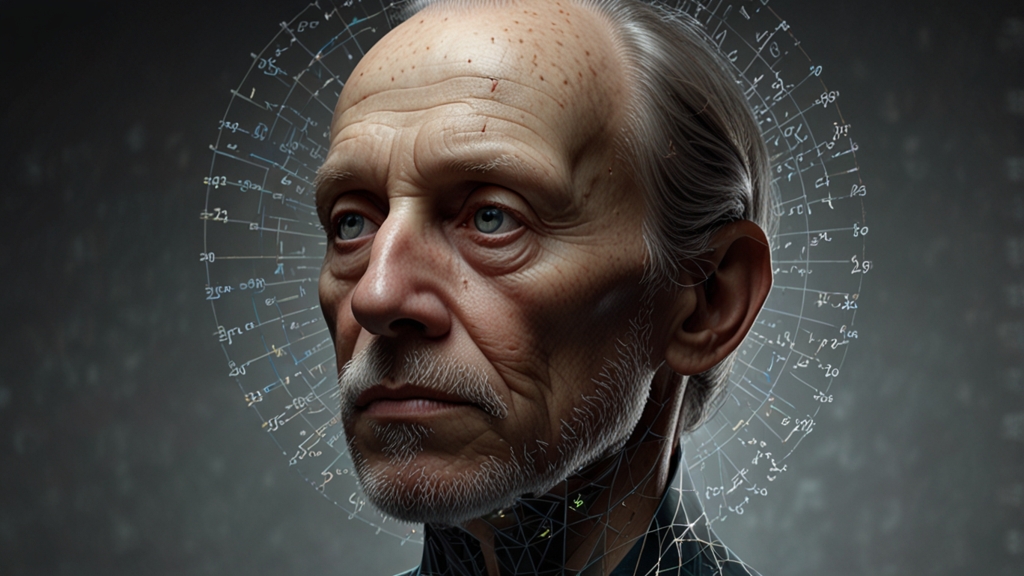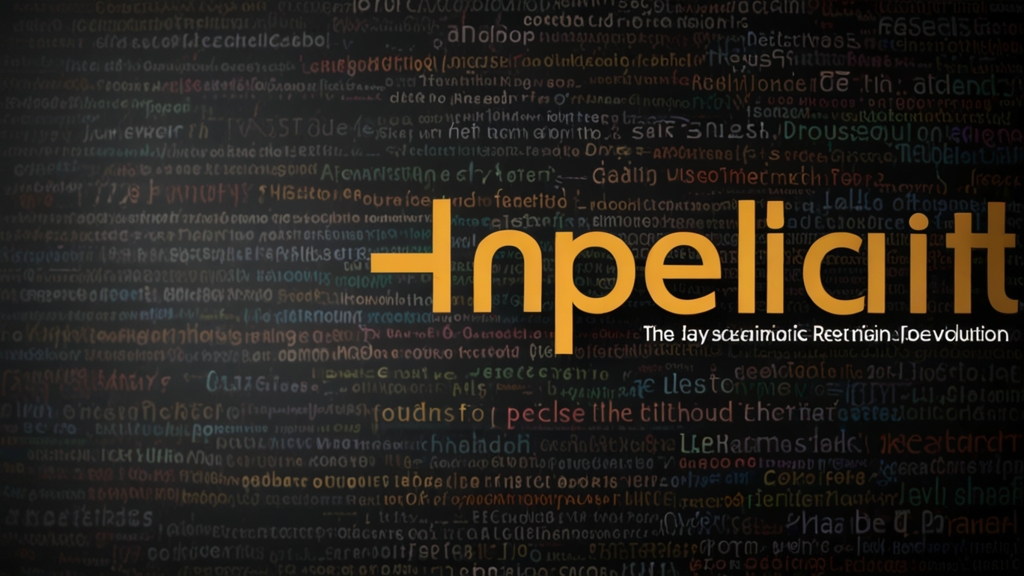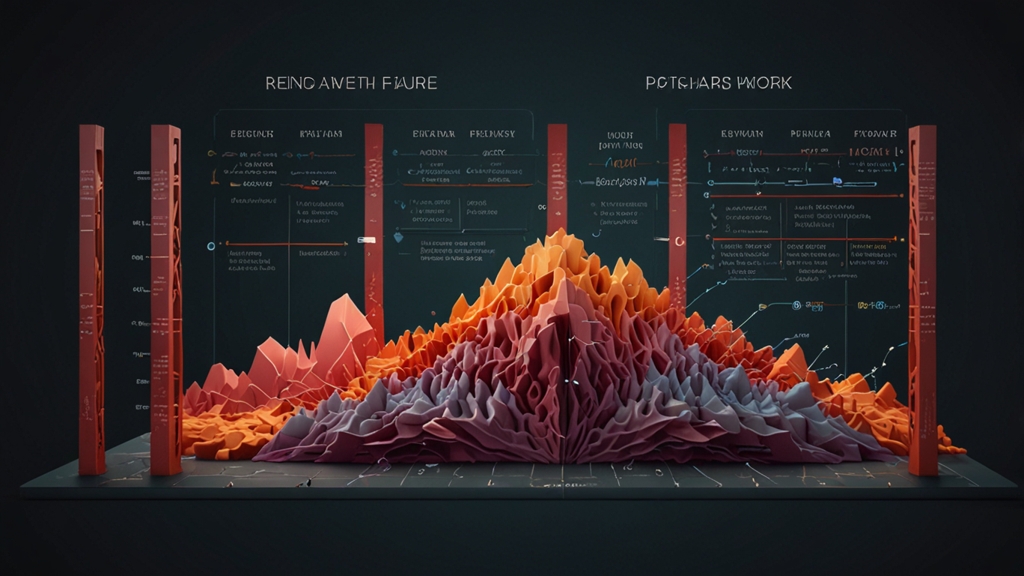The Most Controversial Theories in Mathematics You've Never Heard Of
Mathematics is often viewed as the realm of absolute certainty, founded on rigid principles and unyielding rules. However, beneath this orderly surface lies a landscape rife with controversial theories that challenge our understanding of numbers, infinity, and even the nature of mathematical truth. Here, we'll delve into some of the most intriguing and contentious ideas in mathematics that you may not have come across.
The Continuum Hypothesis
One of the most famous and enigmatic propositions in the realm of set theory is the Continuum Hypothesis (CH). Formulated by Georg Cantor in the late 19th century, the CH posits that there is no set whose cardinality is strictly between that of the integers and the real numbers. Essentially, it questions whether there is a "middle" size of infinity between countable infinity and the continuum.
The controversy intensified when Kurt Gödel and Paul Cohen demonstrated that the Continuum Hypothesis can neither be proven nor disproven using the standard axioms of set theory. This revelation means that the CH is independent of the commonly accepted foundational system for mathematics, leaving it in a state of perpetual uncertainty.
“The independence of the Continuum Hypothesis from set theory axioms has profound implications, suggesting that our mathematical universe might be incomplete or richer than previously imagined.”
Banach-Tarski Paradox
The Banach-Tarski Paradox is another deeply puzzling theorem, arising in the field of geometric measure theory. This paradox states that it is possible, using the axioms of set theory, to decompose a sphere into a finite number of disjoint pieces and then reassemble those pieces into two identical copies of the original sphere. Essentially, you can create two spheres from one, seemingly violating the fundamental principles of volume and mass.
The Banach-Tarski Paradox hinges on the concept of "non-measurable sets" and the Axiom of Choice, a controversial principle in mathematics that allows for the selection of elements from an infinite number of sets. Some mathematicians accept the axiom and its bizarre implications, while others question its validity, leading to heated debates within the mathematical community.
The P=NP Problem
The P=NP problem is possibly the most famous unsolved problem in computer science and mathematics. It asks whether every problem whose solution can be quickly verified by a computer can also be quickly solved by a computer. In formal terms, it questions whether the class of problems known as NP (nondeterministic polynomial time) is equivalent to the class P (deterministic polynomial time).
The implications of solving this problem are enormous. If P were equal to NP, it would mean that many currently intractable problems could be solved efficiently, revolutionizing fields like cryptography, optimization, and operations research. Conversely, proving that P≠NP would confirm that there are limits to what can be computed, fundamentally altering our understanding of computational complexity.
“The P=NP problem remains a tantalizing challenge, promising profound insights into the limits of computation and problem-solving.”
The Riemann Hypothesis
Proposed by Bernhard Riemann in 1859, the Riemann Hypothesis is a conjecture about the distribution of prime numbers. It asserts that the non-trivial zeros of the Riemann zeta function, a complex function of a complex variable, all have a real part equal to 1/2. Despite significant numerical evidence supporting the hypothesis and its critical role in number theory, it remains unproven.
The Riemann Hypothesis is one of the seven "Millennium Prize Problems," for which the Clay Mathematics Institute offers a $1 million reward for a correct proof or refutation. Solving this problem would have far-reaching consequences for our understanding of prime numbers and complex functions.
The Nature of Infinity
Infinity in mathematics is not a single, monolithic concept, but rather a variety of ideas that challenge our perceptions and intuitions. Georg Cantor's groundbreaking work in set theory revealed that there are different "sizes" of infinity, leading to his development of transfinite numbers. However, the very notion of comparing infinities remains a contentious topic.
Moreover, infinitesimals — quantities that are infinitely small yet non-zero — have been a subject of much debate since the development of calculus. Non-standard analysis, introduced by Abraham Robinson in the 1960s, rigorously formalized the concept of infinitesimals, but it has met resistance and skepticism from some parts of the mathematical community.
“The exploration of infinities both large and small forces mathematicians to grapple with concepts that defy common sense, revealing the abstract beauty and complexity of mathematical thought.”
Conclusion
These controversial theories challenge the notion that mathematics is a static, unchanging discipline. Instead, they reveal a dynamic field where fundamental questions about truth, reality, and infinity remain open to interpretation. Whether these theories will be resolved or continue to provoke debate, they undoubtedly highlight the rich and enigmatic nature of mathematical inquiry.










